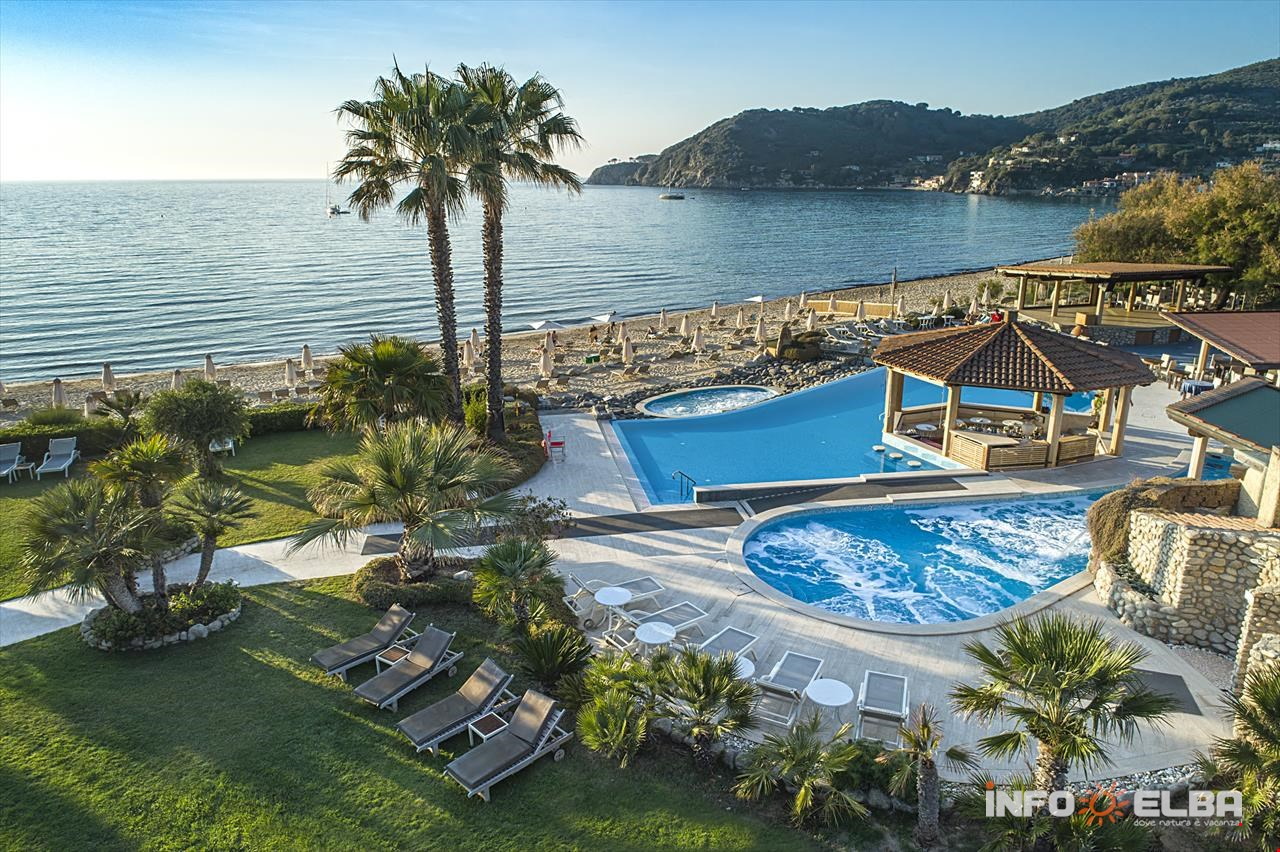Speaker
Description
The target of the Upgrade-2 of the LHCb experiment is operating with an instantaneous luminosity a factor seven higher than the current one to reach ultimate precision in several domains of its physics program. This objective challenges the development of subdetectors able to cope with the high-occupancy regime foreseen.
The time-of-arrival of the particles at the various subdetectors is a promising new feature. Simulation studies show that, with a time resolution of about 10-20 ps, it will be possible to exploit the time separation of the primary proton-proton collisions and effectively mitigate the pileup.
Concerning the Electromagnetic Calorimeter (ECAL) of LHCb Upgrade-2, the "Large Area Picosecond Photo Detector" technology (LAPPD) is currently a candidate to constitute a timing layer placed at the shower maximum. The LAPPD is the largest microchannel-plate photomultiplier ever built, all made with inexpensive materials. This presentation depicts the status of the art of the ongoing R&D campaign. In particular, four models have been characterized so far: the Gen-I with stripline readout and the Gen-II with external pixelated readout, both with 10- or 20-$\rm \mu m$ pore size. A time resolution close to the target was measured with test beams at DESY (electrons from $1$ to $5.8~\rm GeV$) and SPS (electrons from $20$ to $100~\rm GeV$). The radiation hardness of the MCP layers was stressed and verified up to $10^{16}~\rm protons/cm^2$ at IRRAD and $300~\rm C/cm^2$ using a UV lamp in the laboratory. The performances at high rates were investigated with a laser ($\lambda = 405~\rm nm$): they will be crucial for the upcoming development steps.
